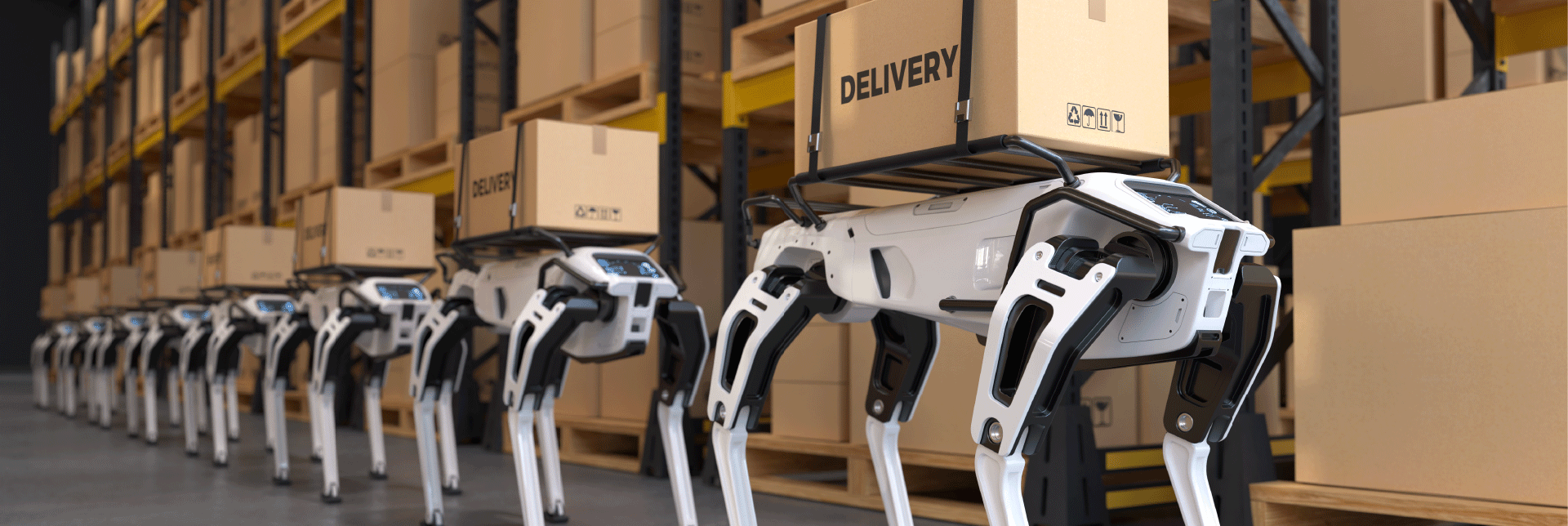Autonomous Mobile Robots (AMRs) represent a significant technological advancement in the field of robotics. These robots are capable of navigating and performing tasks in dynamic environments without human intervention. In this essay, we will define AMRs, discuss their advantages and disadvantages, explore how they operate, and highlight their real-life applications.
Definition of Autonomous Mobile Robots
Autonomous Mobile Robots are robotic systems equipped with sensors, algorithms, and decision-making capabilities that enable them to perform tasks independently in a variety of environments. These robots possess the ability to sense their surroundings, plan their actions, and navigate obstacles, all without direct human control or intervention.
Advantages of Autonomous Mobile Robots
AMRs offer numerous advantages across various industries. Firstly, they enhance productivity and efficiency by automating repetitive tasks, reducing errors, and increasing operational speed. AMRs also improve workplace safety by taking over hazardous tasks that may pose risks to human workers. Moreover, they provide 24/7 operation, reducing downtime and increasing overall productivity.
Another advantage of AMRs is their adaptability to changing environments. These robots can easily navigate through dynamic spaces, adjusting their routes and actions to accommodate obstacles or changes in the environment. This flexibility allows for seamless integration into existing workflows without significant modifications.
Additionally, AMRs contribute to cost savings. Once deployed, they require minimal maintenance and can perform tasks without the need for breaks or rest periods. The scalability of AMR systems also allows for easy expansion, as additional robots can be integrated into the system as needed.
Disadvantages of Autonomous Mobile Robots
Despite their advantages, AMRs also face certain challenges. One significant disadvantage is the initial cost of implementation, including the purchase of the robots, necessary infrastructure, and integration with existing systems. Additionally, the complexity of programming and maintaining AMRs requires skilled personnel and specialized knowledge.
Another limitation is the current limitations of sensor technology. While AMRs are equipped with various sensors to perceive their environment, they may encounter difficulties in accurately detecting certain objects or navigating complex terrains. Challenges such as poor lighting conditions, reflective surfaces, or crowded spaces can affect their performance.
Operation of Autonomous Mobile Robots
AMRs operate through a combination of sensors, algorithms, and decision-making systems. They are equipped with sensors such as cameras, lidars, and range finders that allow them to perceive their surroundings and gather data about their environment. This sensor data is then processed and analyzed using advanced algorithms to generate a comprehensive understanding of the robot's environment, including the locations of obstacles, objects, and other relevant information.
Based on the analysis of the sensor data, AMRs utilize navigation algorithms to plan their paths and avoid obstacles. These algorithms take into account factors such as the robot's current position, the desired destination, and the surrounding environment. The robots can adjust their routes in real-time to avoid collisions or overcome obstacles, ensuring safe and efficient navigation.
Real-Life Applications of Autonomous Mobile Robots
AMRs have found applications in various industries. In warehouses and logistics, they are employed for tasks such as order picking, inventory management, and goods transportation. AMRs can navigate warehouse shelves, locate products, and transport them to designated areas, reducing manual labor and optimizing warehouse operations.
In healthcare settings, AMRs can assist with tasks such as delivering medications, transporting lab samples, or handling medical waste. These robots enhance operational efficiency, reduce human error, and contribute to infection control.
AMRs are also utilized in agriculture for tasks such as autonomous harvesting, crop monitoring, and pest control. These robots can navigate fields, collect data on crop health, and perform targeted actions to improve agricultural productivity.
Autonomous Mobile Robots represent a significant technological advancement with a wide range of advantages and applications. While they offer increased productivity, safety, adaptability, and cost savings, challenges such as implementation costs and sensor limitations must be considered. As advancements continue, AMRs are poised to revolutionize industries and drive further innovation in robotics.
